Led Pot Lights substantial benefits of installing them
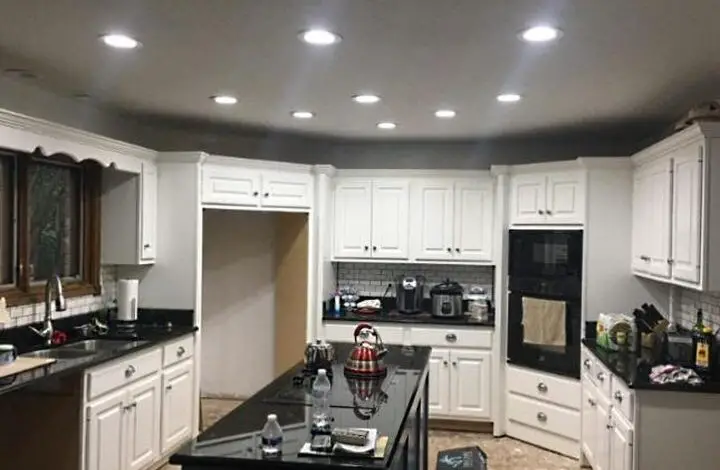
In the past few years, lighting technology has progressed pertaining to modern standards of the world. LED lighting has by far been the most corporeal, beneficial technology which has introduced a new set of standards for quality lighting. LED pot lights are one of the few LED fixtures which have redefined the purpose of lighting when it comes to indoor spaces.
Whether it is refurbishing or designing a layout for any indoor space from scratch LED pot lights have proven to be the most versatile fixture there is. It is their specific design features which makes them accessible in even complicated spaces. (for best range of LED pot lights click here)
Structure of LED pot lights
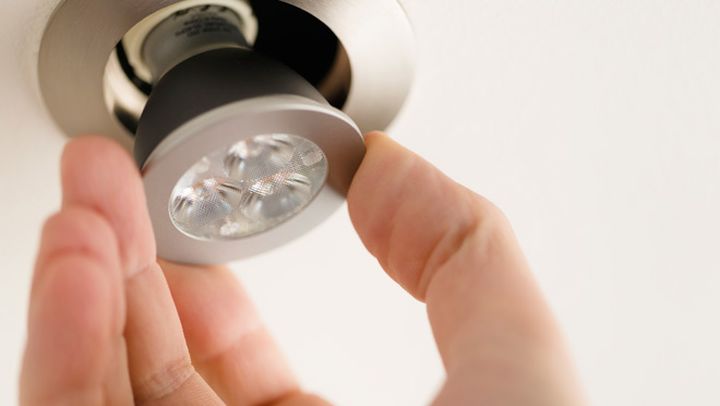
Housing:
LED pot lights got their name from their main feature which is housing. The components of the mixture sit inside a housing hence they got the name LED pot lights. The housing is recessed inside the ceiling and the light is thrown out of the fixture.
The housings of these lights are mainly categorised on their rating i.e IC rated or NO-IC rated. The sub categories cater to the ceiling designs and layering one might wanna achieve with these lights. Few of the commonly used housings are:
Trim:
The trim of the fixture is the outermost visible part of the fixture. It controls and directs the light out of the fixture and creates the most ambient and uniform lighting. There are several trim designs available for recessed lights for various reasons but mainly to layer the light for efficient and uniform lighting.
Baffle trim
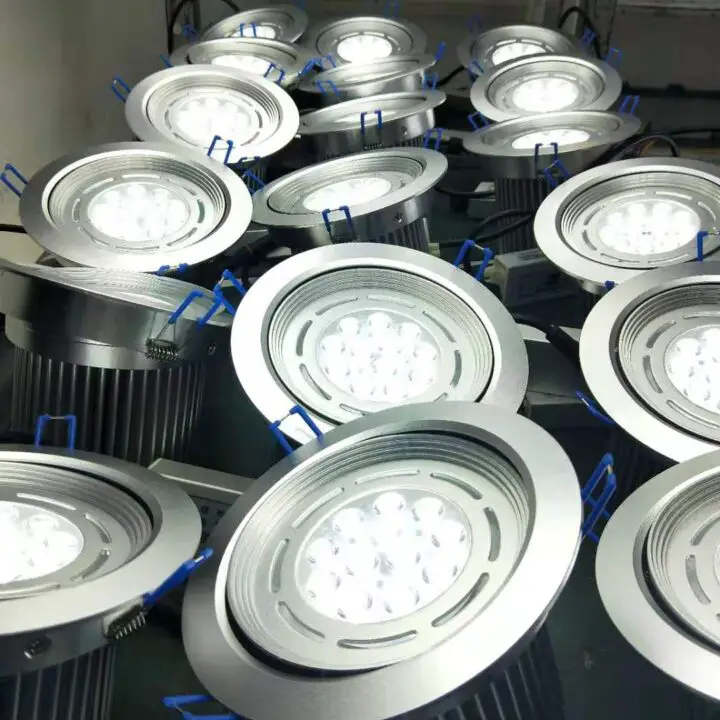
Baffle trim has a ribbed interior as it disperse light in the surrounding in a diffuse manner. It is the most commonly used trim for general lighting.
Open trim
An open trim is open as the name suggests. It does not direct or control the light in fact it is for general lighting patterns.
Reflector trim
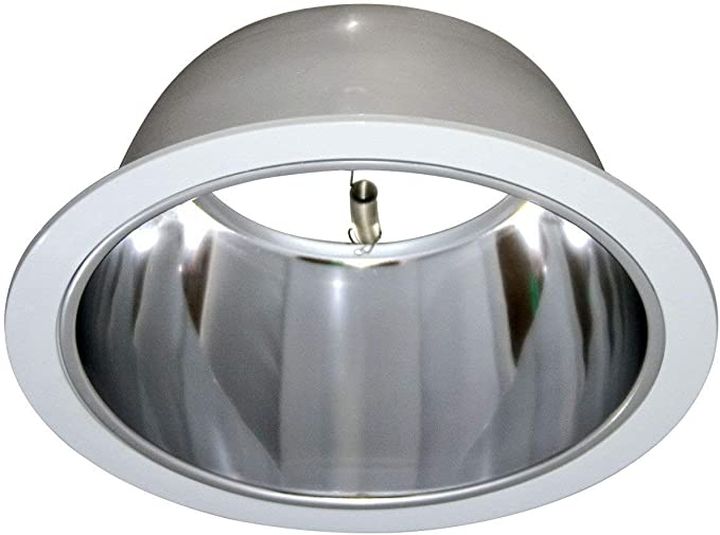
Reflector trims have reflector placed around the bulb so the light hits the reflector first and then it is directed out of the fixture in a diffused pattern.
Eyeball trim
Eyeball trim is rotatable. It is for ambient lighting one while altering the direction and amount of light which leaves the fixture. It is rotatable like an eyeball and is used for accent lighting around the interiors to highlight any important zone or object within the room.
Gimbal trim
Gimbal trim has the same function as eyeball trim except it can rotate on the entire 360 degree axis like a gimbal. It is also used for accent lighting around indoor spaces.
Pinhole trim
Pin-hole trims entirely cover the bulb and the light is directed from a tiny pinhole like opening. It is for creating spotlighting effects and this trim is mostly applicable in spaces where decorative items or valuables are displayed.
Wall Wash trim
Wall Wash trims are for accenting any wall in the room. It floods the wall with bright light to make it standout.
Design advantages of LED pot lights
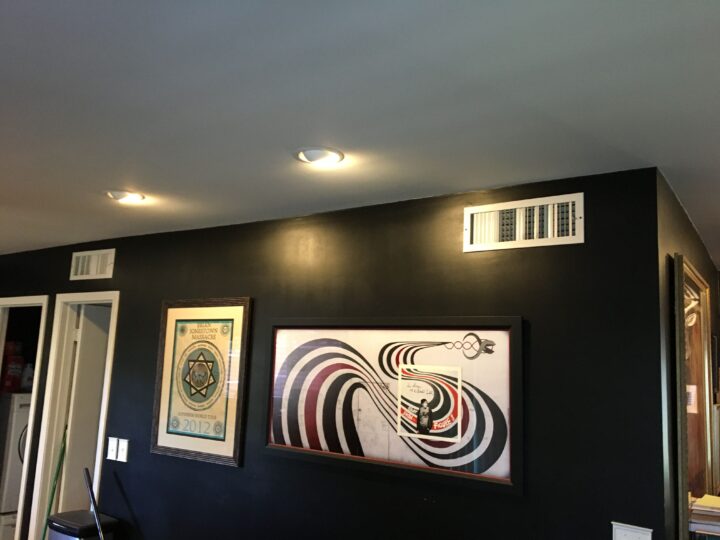
LED pot lights are general ceiling lights which ensure efficiency while rejuvenating the entire place. Due to their unconventional shape these lights need a layout to follow through prior to installation. The housing is installed after drilling holes in the ceiling which isn’t a good look in case things go wrong.
1. Variety of housing
The housing of recessed lights are available in different sizes. These sizes are entirely dependent on the layout of the room. Most recessed light housings are available in standard sizes of 2 to 6 inches. They are customisable and even available in retrofit kits.
This specification opens a variety of possibilities for experimental lighting even in tricky places where other fixtures fail to comply.
POt lights are mostly installed in low ceiling areas, tricky ceiling designs where installation of other decorative lights lie scones, pendants is almost impossible while it looks arbitrary
Whereas, LED pot lights being the discreet fixtures sit inside the wall or ceiling and shine light on any surface in any direction without taking up any further space.
2. Selection of trim designs
Due to the variety of trim designs it is easy to select any trim for comfort, ambience and purpose. This is one of the bigger advantages of recessed light fixtures that they allow the user to go beyond certain limits when it comes to having control on the type of lighting around any interior. These trims allow all three kinds of light layering and yet they are partial to other decorative light fixtures.
These lights can be arranged in the layout while incorporating other decorative fixtures like pendants, chandeliers, wall lights etc.
3. Correlated color temperature
LED pot lights are available in a variety of customisation to create ambient lighting. The light from these fixtures can be dim, warm, bright or super bright depending on the layout. It is specified on a kelvin scale ranging from 2500K (warm yellow) to 6000K (cool white) light.
4. Compatible with cutdown voltage
LED pot light fixtures are connected through joists in the ceilings usually, which gives them room to be able function on different voltage lines. In this way, these ceiling lights can be accentuated with cut down voltage wherever necessary. This is mostly seen in places where recessed light fixtures are used as accent or task lights.
Conclusion
LED pot lights are one of the most advanced derivations of efficiency and sustainability within a tiny pot fixture. They are discreet, amiable and highly cost effective ceiling lights. Once after proper installation they do not require much maintenance and last longer than most traditional lamps. The heat production is minimal and evenly sorted due to their safety ratings. Most homeowners, renovators, lighting contractors prefer LED pot lights due to these substantial features.
